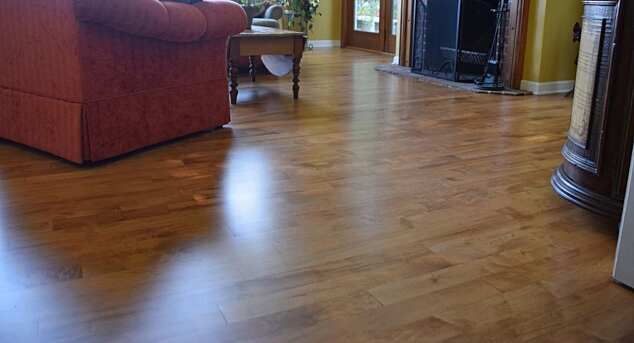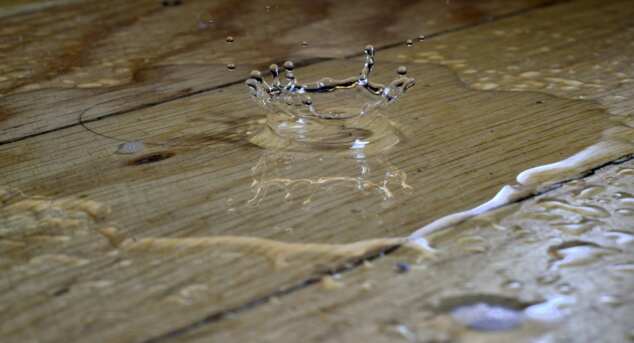Signature Custom Flooring Uses Specialized Tools to Create Custom Hardwood Floors
Posted by Aaron Schaalma
Many factors contribute to a well-done flooring job. The contractor, their skills and expertise, and the tools they use can all make a difference. At Signature Custom Flooring, we use a variety of great tools that help provide a beautiful, well-done floor.
Hand Scraper
Hand scrapers are great tools to reach where sanders can’t. This tool can vary in size. It doesn’t have much modern technology behind it, but it gets the job done. Our hand scraper removes old finish from corners and tough-to-reach spots and removes excess particles from the top layer of finish. It can also be used on specific areas of a floor if the whole floor doesn’t need work.
Flooring Cleater
The flooring cleater is a powerful device. It fastens the wood to the sub floor. It has rollers, which help speed up the installation process. The front rollers keep the cleater on the floor’s edge while it is rolled, allowing for precision nailing. A mallet is used to hit the end of the cleater and tapping the board into place before cleating. When the mallet makes impact, a nail is put into the ground. This device replaces having to manually hammer nails to fasten floors. All installers need to do is lean over, roll the cleater along the edge of the wood and strike it with the mallet to fasten it down.
Festool Sander
Our Festrool Rotex RO 150 FEQ Dual-Mode Sander is a gear-driven tool used in the staining process. It removes scratches and any imperfections on the top layer of the wood. It is great for sanding difficult-to-reach spots and tight areas. This tool works wonders on staircases. It helps blend the parameter with the field on the floor.

Lagler Trio
The Lagler Trio is a fine to intermediate sander. It is used for finishing and renovating floor types like hardwood, engineered, corked and stained. It has three heads that rotate independently, all on one spinning panel. It closes out the grain, but doesn’t dish out the floor. It can be used in the dry treatment of sub floors as well. The Lagler Trio works great on floors that run in different directions and removes scratch marks from the surface. This tool is only used during the dry process.
Moisture Meters
Signature Custom Flooring uses two different types of moisture meters: pin and pinless. The pin moisture meter has two needles on the top. The needles are pushed into the floor and the meter gauges the wood’s moisture level by testing the wood between the two needles. Pin moisture meters are usually used on unfinished floors.
Pinless moisture meters are newer and generally used on already finished floors. During the coating process, a pinless meter can be used to see if the most recent coat is dry. A small flat plate on the back of the meter measures the moisture level and reads much deeper than a pin meter can.
We use these tools to ensure you're more than satisfied with your floor. If you have any questions about the tools we use or the services we provide, call (920) 279-7871 or visit our website.







